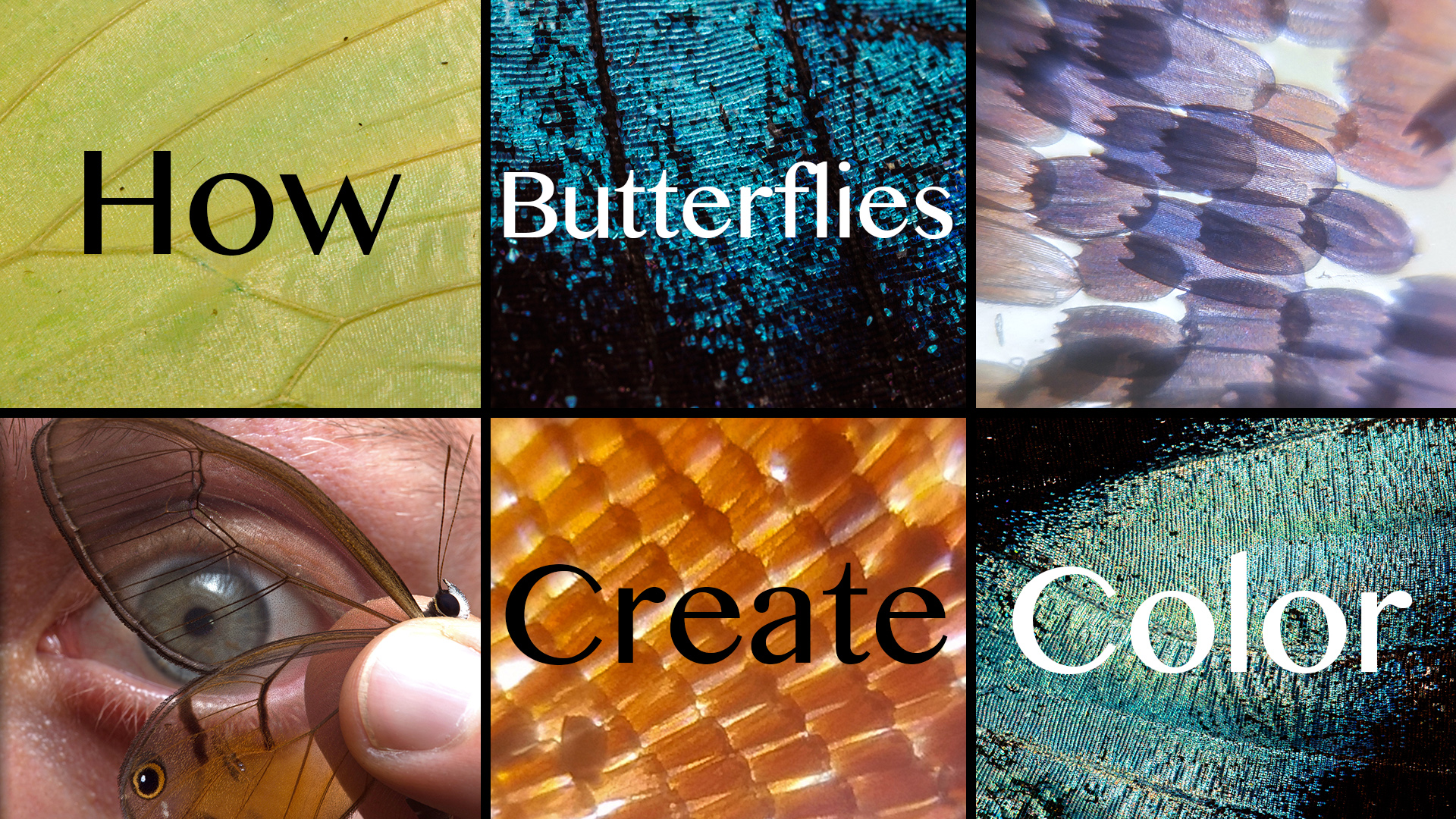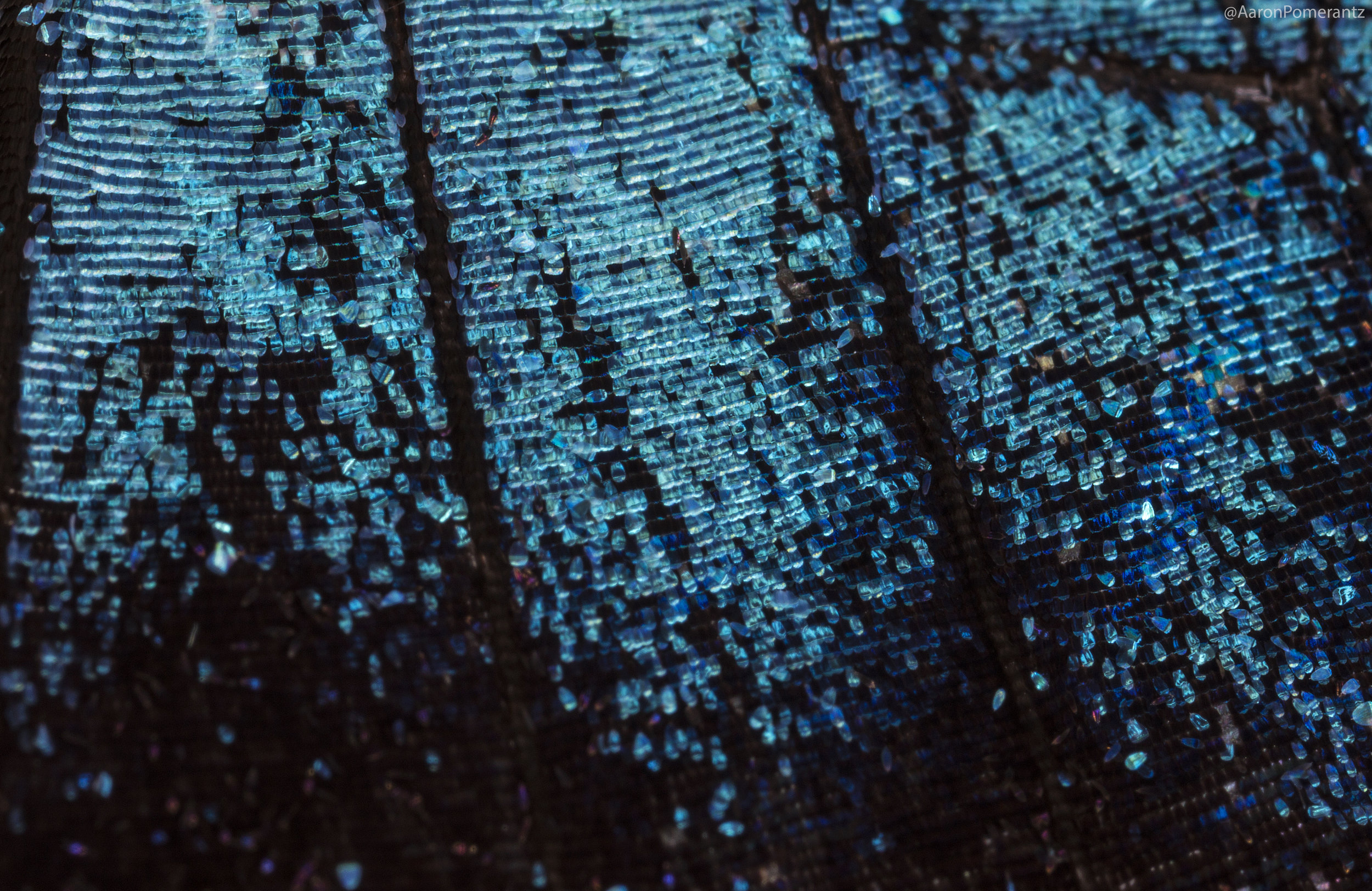The city of Quito reminded me in many ways of other major cities in South America: bustling, crowded, lots of taxis, and loud construction. Unlike other cities, however, and much to my surprise, just a short drive from Quito put us in one of the most beautiful environments I'd ever experienced: the cloud forest of Mindo.
Each year, travelers venture to this site for different reasons, including birdwatching, trekking, and river rafting. But we were seeking something in particular and very special: a rare species of anole that few have ever seen in person, known as the Pinocchio lizard.
Watch: The Rare Pinocchio Lizard of Ecuador
The cloud forest of Mindo is situated on the western slopes of the Andes and is home to a diversity of beautiful flora and fauna. During the day, we enjoyed an array of brightly colored hummingbirds and butterflies, but were unsuccessful at spotting the Pinocchio lizard. So we set out on our final night in the hopes of finding our enigmatic anole.
I'm not quite sure how he did it, but master Herpetologist Lucas Bustamante spotted the rare Pinocchio lizard during a night hike through the forest. This was no small feat, as this species of anole likes to hang out high in the canopy and has cryptic camouflage, meaning it blends in very well with the mossy branches and vegetation. Lucas, Jason and I then had to scale up a tree in the middle of the night in order to get close enough to film and photograph this incredible lizard.
The endangered Pinocchio lizard (Anolis proboscis) is found only in this region of cloud forest. The protrusion on the nose is mainly composed of cartilage and is used as a display for attracting females as well as defending territory against rival males
The Pinocchio lizard in his natural environment, blending in amongst the leaves and mossy backdrop.
Face to face with the incredible Pinocchio lizard. Such an amazing opportunity to see this rare animal!
For the past 50 years, the Pinocchio lizard was thought to be extinct, but was recently rediscovered at this location in Mindo. According to herpetologist Lucas Bustamante,
"After the rediscovery in 2005, some studies have been done from national and international universities, trying to understand the Pinocchio lizard's ecology and behavior. Even though, there is still much we need to know about this lizard...it is very important to raise awareness looking forward for his conservation."
We were very fortunate to track down a male during our short visit and report that the population is still present in the region. We hope that by sharing this amazing and endangered creature, we can also help to encourage the protection of the cloud forests of Ecuador so that future generations can experience this habitat along with the incredible endemic species within.
Thanks once more to Lucas Bustamante and the team at Tropical Herping for showing us around the fantastic Mindo Cloud Forest and to Destination Ecuador.
For more jungly updates you can follow along on Twitter & Instagram!































